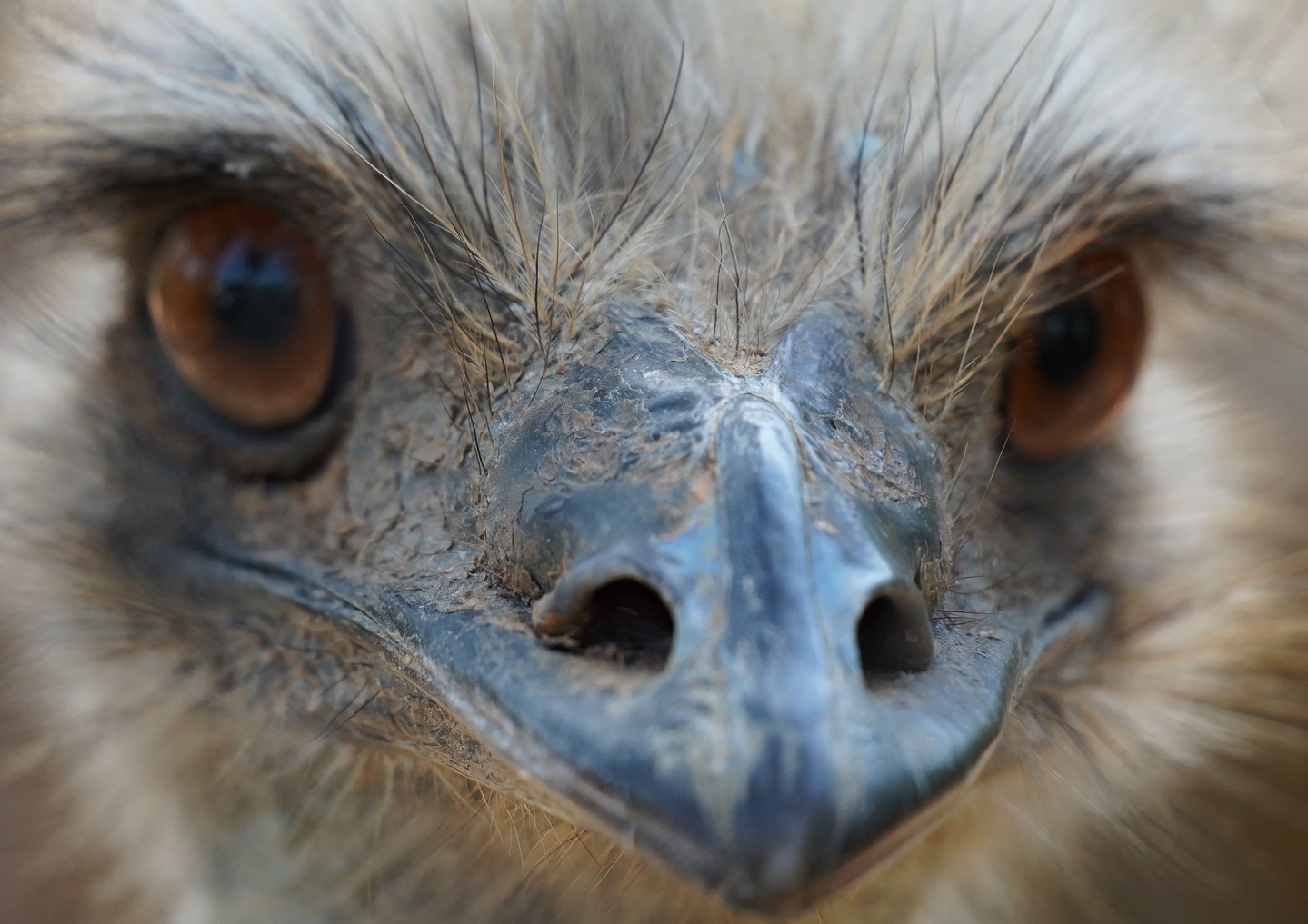- Introduction to Arty the Emu and Her Habitat
- Zoology Insights: Emus and Yellow-Footed Rock Wallabies
- Conservation Efforts and Zoo Management
- Public Engagement and Education on Australian Wildlife
Arty the emu is a fascinating resident of our zoo’s Australian exhibit, sharing her home with the lively yellow-footed rock wallabies. Her presence not only captivates visitors but also serves as an educational opportunity to learn more about Australia’s remarkable wildlife.
Emus, native to the unique landscapes of Australia, are the second-largest living birds by height. They are flightless birds with long necks and legs, adapted for running at high speeds. Known for their distinctive call, which can be heard over long distances, emus play a critical role in their ecosystems, helping to disperse seeds and promote plant diversity. Arty’s habitat is a blend of grassy plains and rocky terrains, reminiscent of her natural environment, providing her with plenty of space to roam and interact with her wallaby companions.
Sharing her space, the yellow-footed rock wallabies are agile creatures, perfectly adapted to rocky escarpments with their powerful hind legs and distinctive yellow feet. These wallabies are smaller than their other macropod relatives, such as kangaroos, but no less fascinating. Both the emu and the wallabies coexist harmoniously, each contributing to the balance and enrichment of their shared habitat.
In the context of wildlife conservation, zoos play an instrumental role. Establishing environments that replicate natural habitats aids in the behavioral study of animals and supports breeding programs. Conservation efforts are essential for species like the yellow-footed rock wallabies, whose populations in the wild are often threatened by habitat destruction and introduced predators. Through dedicated conservation programs, zoos can assist in maintaining genetic diversity and reintroducing animals into their native habitats when possible.
Zoo management involves a combination of animal care, public education, and research initiatives. Providing a habitat that caters to the physical and psychological needs of animals like Arty and her wallaby neighbors ensures their well-being. Additionally, zoos provide educational programs that enhance public understanding and appreciation of wildlife conservation efforts. Engaging exhibits showcasing the interdependence of different species promote awareness about the challenges that wildlife face and the strategies being employed to mitigate those challenges.
Addressing public engagement is a critical component of modern zoo philosophy. Interactive experiences, educational workshops, and engaging storytelling are tools used to inform visitors about the importance of biodiversity conservation. By offering insights into the lives of animals like Arty, zoos cultivate a culture of curiosity and respect for nature. These encounters inspire future generations to partake in conservation efforts and appreciate the richness of our planet’s ecosystems.
In summary, Arty the emu and her yellow-footed wallaby companions provide more than just enjoyment to visitors. They are ambassadors for the unique wildlife of Australia, embodying educational opportunities about animal behavior, conservation, and ecology. Through strategic habitat design, conservation initiatives, and educational outreach, zoos contribute significantly to preserving global biodiversity and inspiring the public to participate actively in wildlife conservation.
*****
Source Description
No, we’re not going to sell you car insurance, but we will show off our favorite (and only) emu, Arty! 🪶
Arty is a more recent addition to our Australia realm, be sure to find her sharing her habitat with our Yellow-Footed Rock Wallabies!


